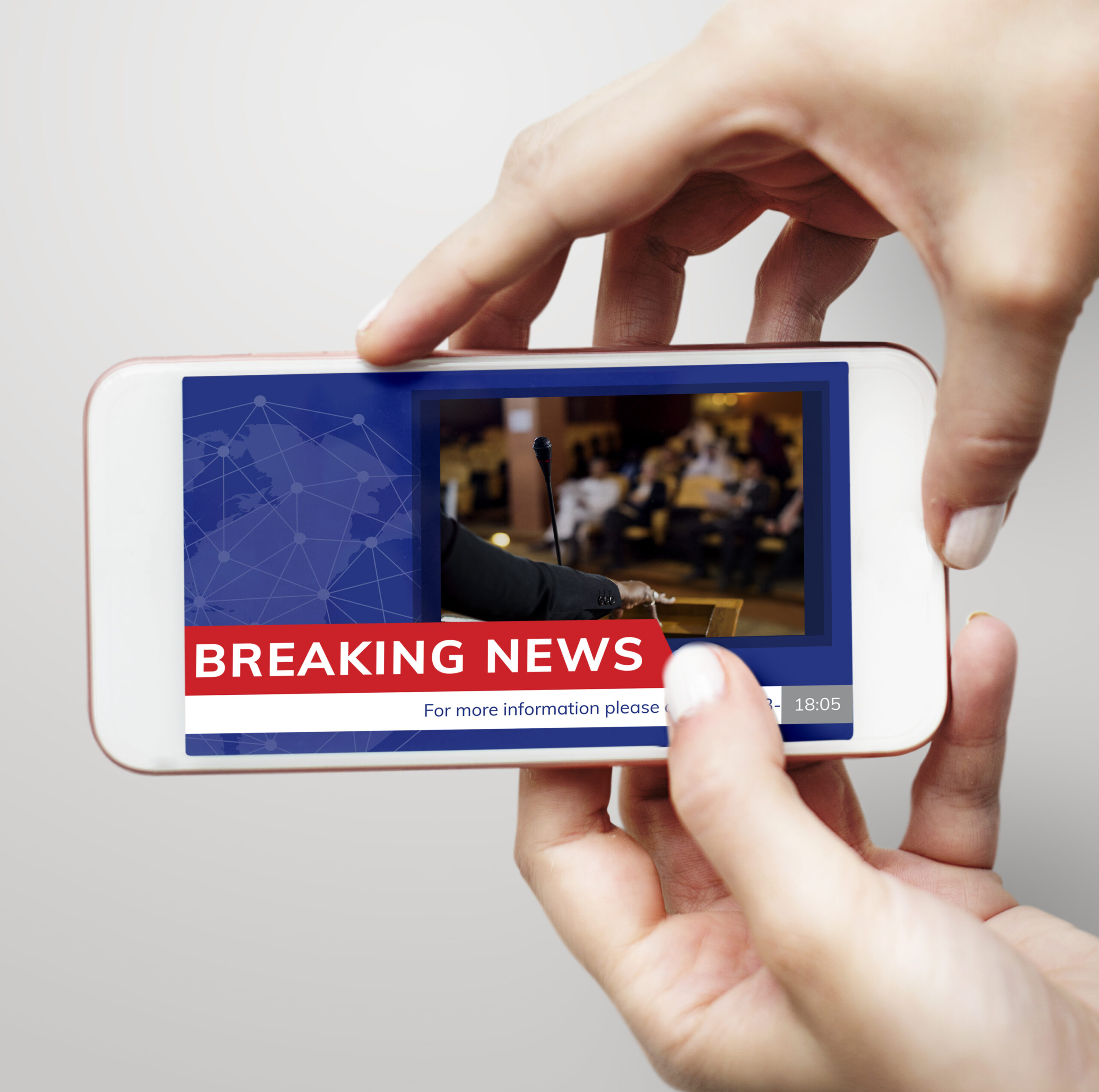


Media Relations 2023: Consider Backgrounders, FAQ Pitches and Nonprofit Newsrooms
By PRNEWS
At last month’s PRNews Virtual Media Relations Summit, one session, The State of Media in 2022, featured a discussion of how media relations and PR are changing as newsrooms and attention spans shrink and mis- and disinformation increase.
Some takeaways:
- consider holding background briefings that help reporters handling multiple beats, but…
- authenticity is key, don’t disguise a pitch as a backgrounder, it could hurt your chances with subsequent pitches
- consider pitching FAQ and explainer-type stories that offer concise, useful information for busy readers
- note the rise of local media and, non-profit newsrooms and think about pitching them if applicable
- avoid obsessing over talking points, especially those that don’t address readers’ needs
The panel included a communicator, a reporter and an academic who formerly was a senior government communicator: Glen Nowak, associate dean for research and graduate studies at the Grady College of Journalism and Mass Communication, University of Georgia; Yolanda Brignoni, VP, communications at Axios; and Jeremy Bauer-Wolf, senior reporter at Higher Ed Dive. PRNEWS and Crisis Insider editor Seth Arenstein moderated.
Below is an abridged version of the session.
PRNEWS: From a reporter’s point of view, Jeremy, what’s the impact of job cuts and reporters taking on additional beats? What can PR pros do to counteract those additions?
Jeremy Bauer-Wolf: Before we hopped on [this panel], we were discussing cuts at Gannett. And I said the local press would be feeling cuts most deeply….
When I was working in the local press and we [taking staff reductions], I had to take on the entirety of the education beat…
I appreciated when PR folks reached out to me on a regular basis, just for check-ins. It reminded me of parts of the beat that I might have been neglecting. And even if they weren’t pitching me a story that I was going to use, it [kept them] top of mind.
PRNEWS: Glen, you’re concerned that media cuts means there are fewer well-informed reporters, particularly in health, medicine and economics. So, does the PR pro’s job now include more education about topics?
Glen Nowak: Absolutely. As you have fewer and fewer reporters, and particularly fewer with depth of knowledge, whether it’s health, economics, science issues, etc. It really helps if you can provide them with resources so they can quickly get up to speed.…
PRNEWS: You did something to fill the gap.
Nowak: During COVID, there were a number of us who are ex-federal government employees, FDA and NIH, who created a group that provided on-the-record background briefings for journalists every two weeks. Reporters were having a hard time accessing federal agencies and experts in vaccines and vaccine safety….
Our expectation was not that stories would emanate from [the briefings]. But, when [reporters] wrote stories, they would be better prepared, both in terms of content and also know where to turn for information.
For more, click here.